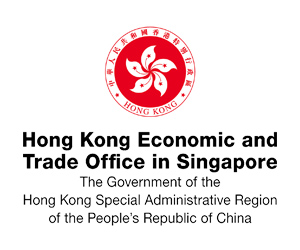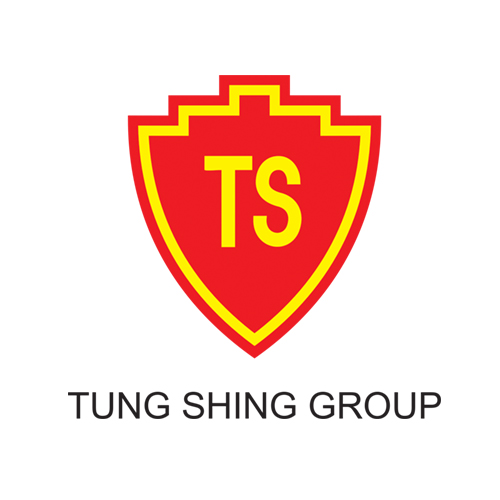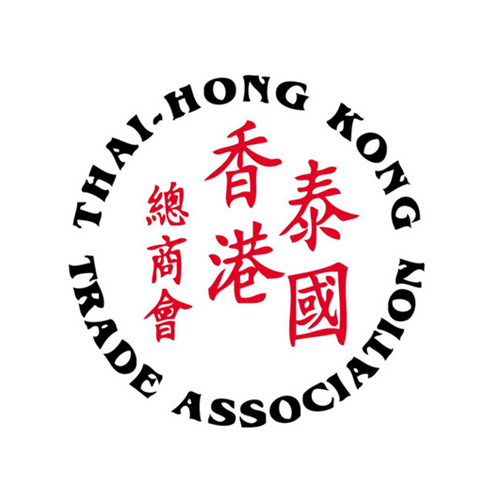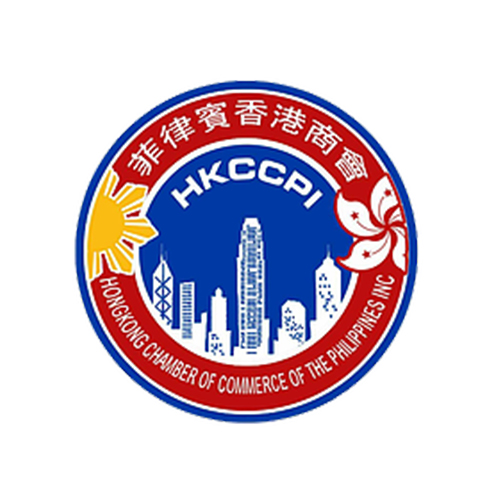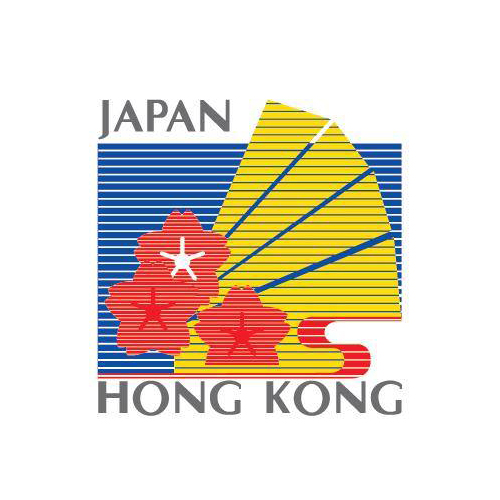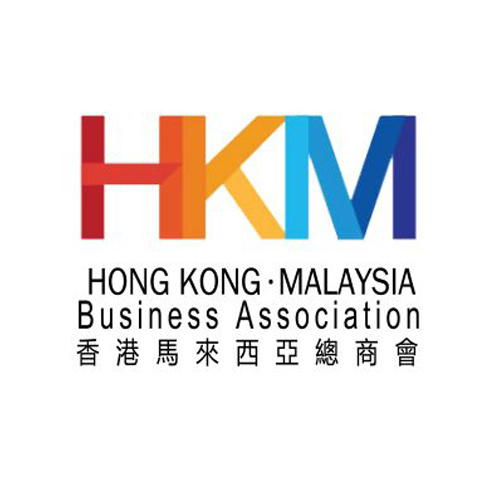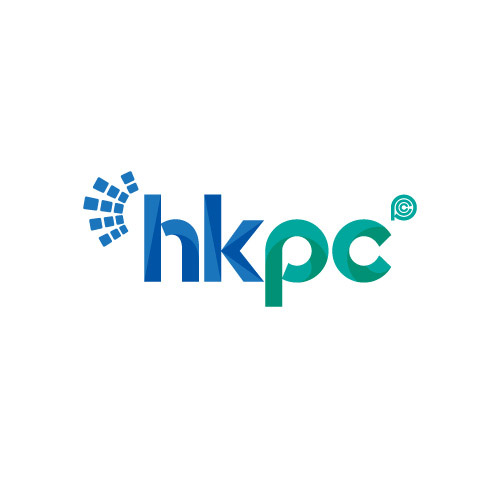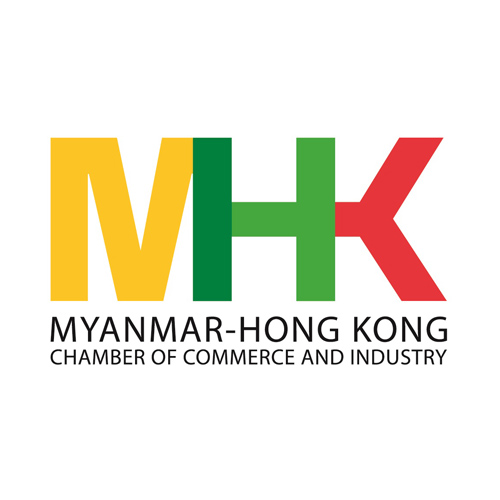Want to be in the loop?
subscribe to
our notification
Business News
VIET NAM MANUFACTURING SUSTAINS STRONG GROWTH IN JULY
The strong growth in the Vietnamese manufacturing sector seen in June was sustained in July.
A further substantial rise in new orders led manufacturers to ramp up production, with the rate of growth quickening to a near-record high.
The S&P Global Vietnam Manufacturing Purchasing Managers' Index (PMI) was unchanged at 54.7 in July, signalling a further marked strengthening of business conditions in the Vietnamese manufacturing sector.
Andrew Harker, Economics Director at S&P Global Market Intelligence, said: “The fact that the Vietnamese manufacturing sector was able to sustain the strong expansion seen in June through into July adds to optimism that we are at the start of a good spell of growth that will help drive the wider economy forward.
"The main issue for firms at present is keeping up with demand. While production was ramped up, firms were still forced to dip into warehouse stocks to help meet new order requirements, resulting in one of the sharpest depletions of inventories on record.
"Manufacturers will need to expand workforce numbers more quickly and continue to secure additional materials should current trends in new orders be sustained in the months ahead."
In fact, the last time that growth was faster was in November 2018. Marked improvements were seen across the consumer, intermediate and investment goods categories.
New orders increased for the fourth month running in July, with the rate of expansion only slightly slower than the near record posted in June.
Where new business rose, panellists linked this to stronger market demand and an increase in customer numbers. New export orders also rose, albeit at a much softer pace than total new business. Some firms reported that export demand had been hampered by high shipping costs.
With new orders rising sharply, manufacturers ramped up production in July. Moreover, the rate of expansion in output quickened from that seen in June and was the second-fastest on record, just behind that seen in the opening month of data collection in March 2011.
Despite the sharp increase in output, firms needed to dip into existing stockpiles to help meet new order requirements. In fact, stocks of finished goods were depleted to the second largest degree on record, behind only that seen in February 2014.
Firms made efforts to expand capacity by increasing both their purchasing activity and employment at the start of the third quarter. Input buying rose markedly and at the fastest pace since May 2022. Staffing levels, on the other hand, increased only modestly and at a softer pace than in June. Meanwhile, backlogs of work accumulated for the second consecutive month.
Manufacturers were helped in their desire to secure materials by a second successive monthly shortening of suppliers' delivery times, although the degree of improvement in vendor performance was only marginal amid some reports of delays to sea transportation.
Stocks of purchases decreased for the eleventh month running and at a solid pace that was the sharpest since April. Input costs continued to increase sharply during July, with the pace of inflation only marginally weaker than the two-year high seen in June. Suppliers had reportedly raised their charges, while increased shipping costs were also a factor.
Rising costs for raw materials and shipping meant that manufacturers increased their own selling prices for the third month running in July. The rate of inflation was solid, albeit softer than that seen in the previous survey period.
Expectations that new orders will continue to rise over the coming year supported confidence in the outlook for production. Around 40 per cent of respondents expressed optimism, but sentiment eased to the lowest since January and was weaker than the series average.
Source: VNS
Related News

GOLDEN DEAL, KNOCK-DOWN OFFER
Are you ready for a fun-filled family vacation. Don't miss the super attractive Family Staycation package at Becamex Hotel. 2 days 1 night package with full amenities and free activities: Buffet breakfast, Swimming, tennis, bicycle, gym, sauna, cool ice cream, 300.000 VND service voucher and many other offers! Contact now for detailed advice.

"BEARY CHRISTMAS" CHARITY PROGRAM
As the Festive Season approaches, Caravelle Saigon, in collaboration with VinaCapital Foundation (VCF), is bringing a heartwarming charitable initiative to life — and we are delighted to invite all HKBAV members to take part in the very first “Beary Christmas” Charity Program. By adopting a Caravelle Bear for VND 299,000 nett, you will be directly supporting children battling cancer in Vietnam through VCF’s Can-Care/Can-Clover Program.

SOILBUILD INTERNATIONAL WINS “BEST INDUSTRIAL DEVELOPMENT” AWARD FOR SPECTRUM NGHE AN AT THE PROPERTYGURU VIETNAM PROPERTY AWARDS 2025
Soilbuild International is pleased to announce that its project, Spectrum Nghe An, has been awarded Best Industrial Development at the PropertyGuru Vietnam Property Awards 2025, held on 24th of October 2025, in Ho Chi Minh City. The PropertyGuru Vietnam Property Awards is part of the prestigious PropertyGuru Asia Property Awards series, the largest and most respected real estate awards programme in Asia.

WEBINAR: 2025 VIETNAM KEY TAX FINALISATION, UPDATES ON TAX CHANGES AND GLOBAL MINIMUM TAX
Dear Valued Client,We would like to invite you to our webinars on Friday, 12 December 2025, and Tuesday, 16 December 2025, to review and learn about key 2025 tax finalisation topics and stay ahead with the latest tax changes.
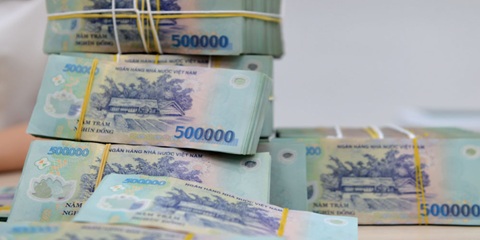
NEW ECONOMIC POLICIES EFFECTIVE THIS DECEMBER
Government Decree 304/2025, effective December 1, sets stricter conditions for seizing collateral, especially assets that are a borrower’s sole residence or essential work tools. In such cases, lenders must set aside a compensation amount equivalent to six to twelve months of minimum wage. The measure aims to improve transparency in bad debt handling and reduce credit risk in the banking system.

QUANG NINH TARGETS VND58 TRILLION IN TOURISM REVENUE
Quang Ninh Province is aiming to generate VND58 trillion in tourism revenue this year after surpassing its goal of 21 million visitors, driven by new tourism products, expanded nighttime activities, and large-scale events. As of mid-November 2025, Quang Ninh had welcomed 21.28 million visitors, up 12% year-on-year. Tourism revenue reached at least VND57 trillion, a 22.46% increase from the same period last year. With its visitor target achieved, the province is now pushing toward its revenue goal of VND58 trillion.
